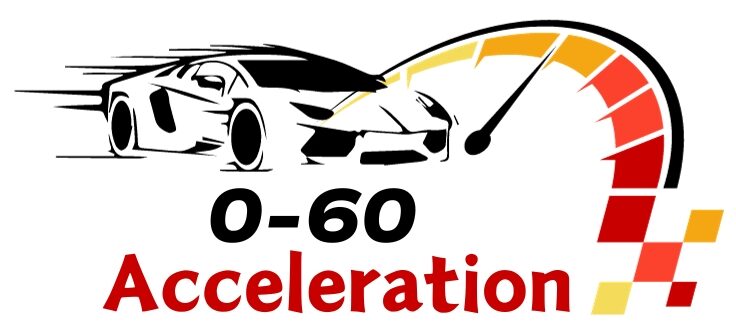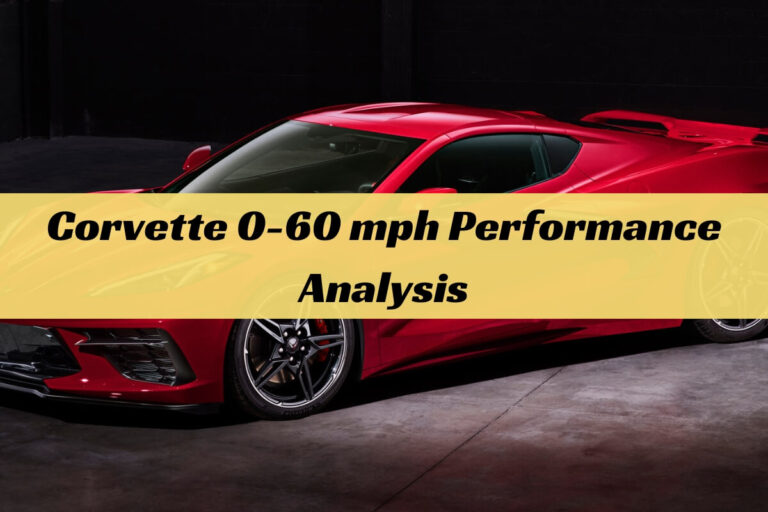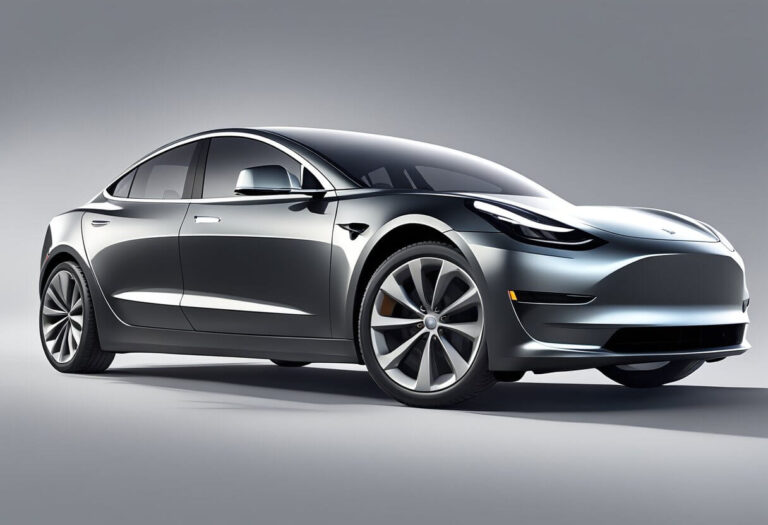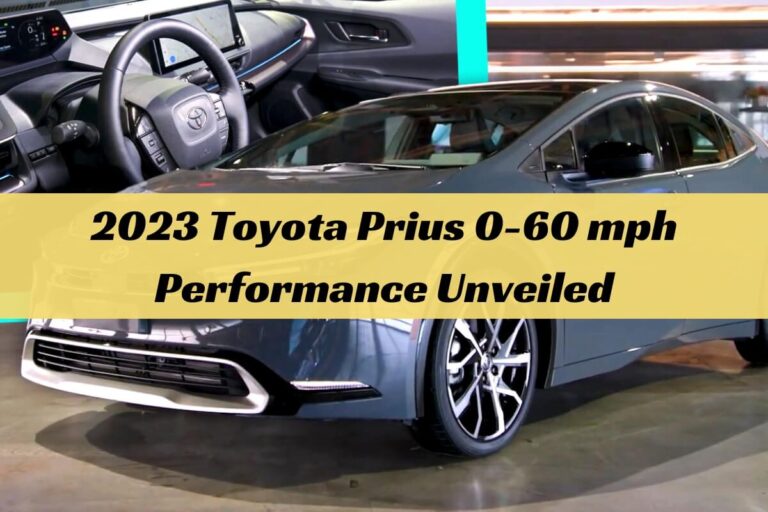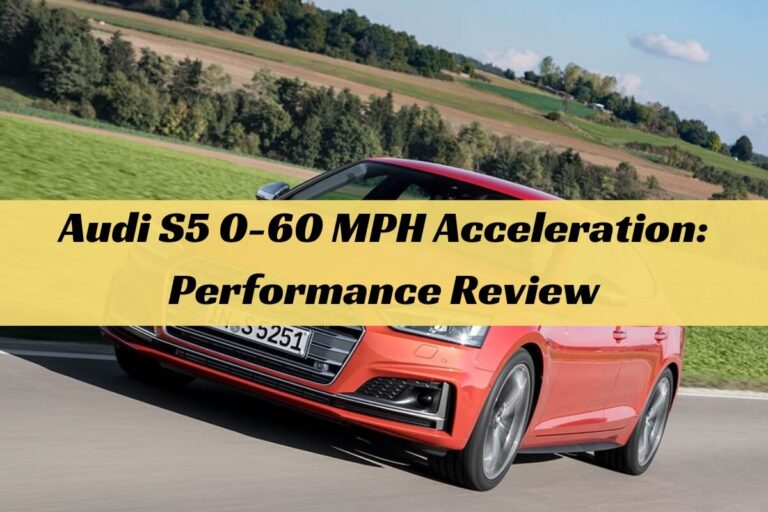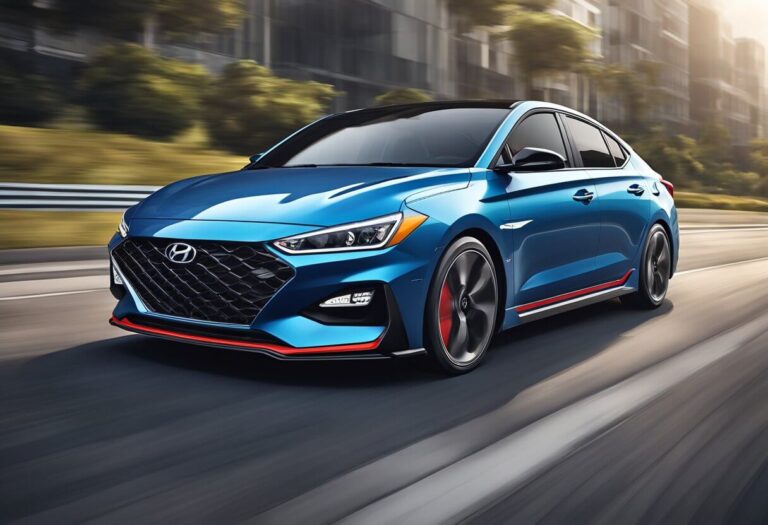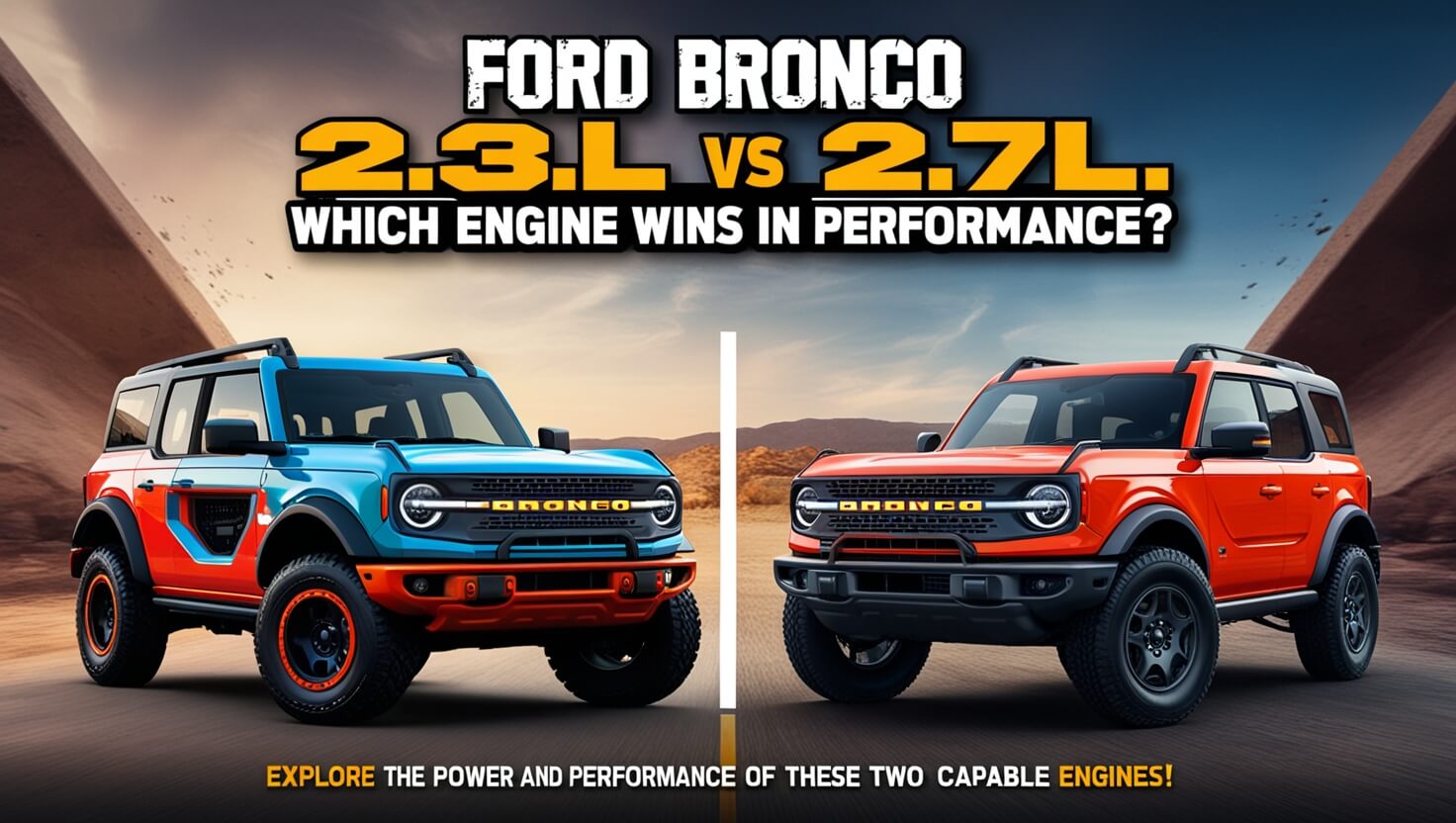
The Ford Bronco is a versatile SUV known for its rugged design and off-road capabilities. When choosing between the 2.3L and 2.7L engine options, potential buyers often consider performance metrics like acceleration and overall power. This article will delve into the differences between these two engine options, particularly focusing on their 0-60 mph times, fuel efficiency, and other performance-related factors.
Engine Specifications and Features
Ford Bronco 2.3L EcoBoost Engine
The 2.3L EcoBoost engine is the base option for the Ford Bronco. This turbocharged four-cylinder engine produces 300 horsepower and 325 lb-ft of torque. It offers a choice between a 7-speed manual transmission and a 10-speed automatic transmission. This engine configuration provides a balanced mix of power and efficiency, making it suitable for daily driving and light off-road adventures.
The 2.3L engine is particularly appealing to those who prioritize fuel economy and a lower upfront cost. It’s also a good choice for drivers who prefer a manual transmission, as this is the only engine in the Bronco lineup that offers this option.
Ford Bronco 2.7L EcoBoost Engine
For those seeking more power, the 2.7L EcoBoost engine is a compelling choice. This twin-turbocharged V6 engine delivers 330 horsepower and 415 lb-ft of torque, significantly more than the 2.3L engine. However, it is only available with a 10-speed automatic transmission, which may be a drawback for those who prefer manual driving.
The 2.7L engine is designed for drivers who want a more robust performance, especially in off-road scenarios or when towing. The additional horsepower and torque make it a better option for more demanding driving conditions, although it comes at a higher cost both in terms of price and fuel consumption.
Performance Comparison: 0-60 Times and Beyond
0-60 MPH Acceleration
One of the key metrics for evaluating performance is the 0-60 mph acceleration time. The Ford Bronco’s 2.3L engine can achieve this in approximately 6.5 to 7.7 seconds, depending on the specific trim and configuration. On the other hand, the 2.7L engine, being more powerful, offers faster acceleration, clocking in at around 6.3 to 6.8 seconds. This makes the 2.7L option preferable for those who prioritize speed and quick response times.
Real-World Performance
While the 0-60 mph time provides a useful benchmark, real-world driving conditions often tell a different story. Factors such as vehicle weight, aerodynamics, and terrain can influence performance. For instance, the Bronco’s 2.7L engine, with its higher torque, provides better acceleration in off-road conditions and when towing. The 2.3L engine, while slightly less powerful, still offers adequate performance for most drivers, especially those using the vehicle primarily for commuting and light off-roading.
Fuel Efficiency and Cost Considerations
Fuel Economy
Fuel efficiency is another important factor for potential buyers. The 2.3L engine generally offers better fuel economy, especially in city driving conditions. This can be a significant advantage for those using the Bronco as a daily driver. The 2.7L engine, while less efficient, is still competitive within its class. It’s worth noting that fuel efficiency can vary significantly based on driving habits, terrain, and vehicle load.
Cost Implications
Choosing between the 2.3L and 2.7L engines also involves considering the cost. The 2.3L engine is the more budget-friendly option, both in terms of initial purchase price and ongoing fuel costs. The 2.7L engine, while offering superior performance, comes at a higher price and consumes more fuel. Additionally, the 2.7L engine may require more expensive maintenance and repairs over time.
Reliability and Maintenance
Reliability of 2.3L vs 2.7L Engines
When it comes to reliability, both the 2.3L and 2.7L engines have proven to be dependable options. However, some reports suggest that the 2.3L engine might experience power loss over time, especially around the 50,000 to 100,000-mile marks. It’s essential to consider that these reports are based on the engine’s performance in the Ford Ranger, and it remains to be seen how they will perform in the Bronco over the long term.
Maintenance Costs
Maintenance costs are another critical factor. The 2.3L engine, being less complex, generally incurs lower maintenance costs compared to the 2.7L engine. The latter, with its twin-turbo setup, may require more frequent and potentially more expensive maintenance. Regular servicing, including oil changes and air filter replacements, is crucial for both engines to maintain optimal performance and longevity.
Choosing the Right Engine: User Needs and Preferences
Daily Driving vs. Off-Roading
Choosing the right engine often depends on the intended use of the vehicle. The 2.3L engine is sufficient for daily commuting and occasional off-road excursions. Its better fuel efficiency and lower cost make it a practical choice for many buyers. On the other hand, the 2.7L engine is ideal for those who plan to use their Bronco for more demanding activities, such as towing, frequent off-roading, or simply enjoying a more spirited driving experience.
Enthusiast vs. Practical Choice
For enthusiasts who prioritize performance and power, the 2.7L engine is the clear choice. Its superior torque and horsepower make it more suitable for high-performance driving and challenging off-road conditions. However, for practical buyers looking for a reliable and cost-effective vehicle, the 2.3L engine offers ample power for everyday needs while being more economical to own and operate.
Conclusion
Both the 2.3L and 2.7L engines in the Ford Bronco offer distinct advantages depending on your needs and preferences. The 2.3L engine is a solid choice for those looking for a balance of power, efficiency, and cost-effectiveness. Meanwhile, the 2.7L engine caters to those seeking more power and performance, particularly in off-road conditions. Ultimately, the decision will depend on your driving habits, budget, and what you value most in a vehicle.
